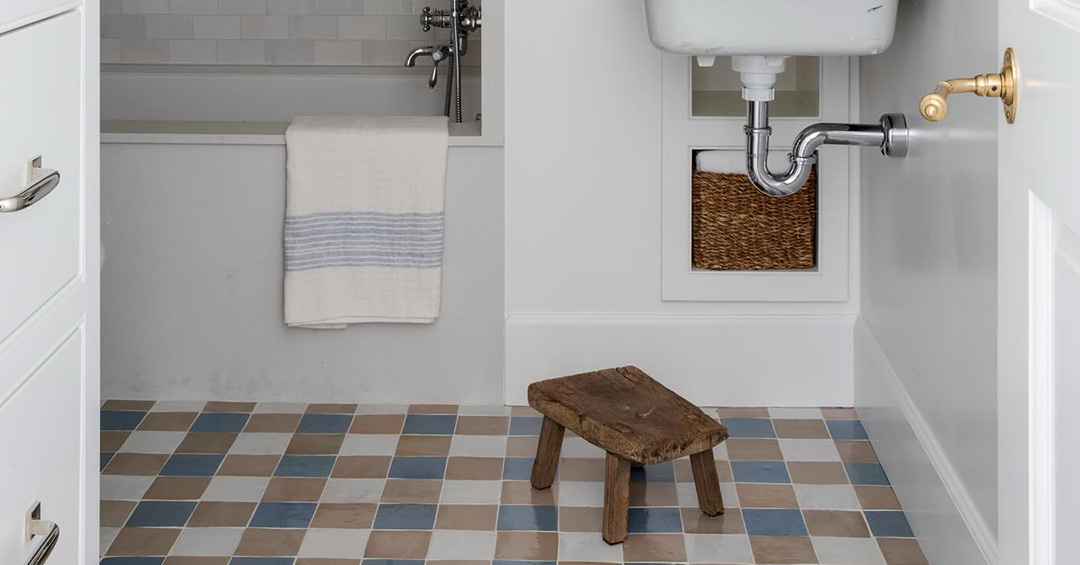

Architects and industrial designers play an important part in what we might term the circular economy (CE). This is a sustainability framework that aims to minimize waste by reusing and regenerating resources. Research in the Journal of Design Research has surveyed practitioners in The Netherlands and Sweden to see whether there is growing enthusiasm for circular design strategies and what significant challenges remain to be overcome.
Giliam Dokter, Jonathan Edgardo Cohen, Sofie Hagejärd, Oskar Rexfelt, and Liane Thuvander of Chalmers University of Technology, Gothenburg, Sweden, surveyed 114 professionals. They found that almost two-thirds of them engaged with CE-related projects, while a similar proportion reported that there were shifts within their organizations to support such initiatives.
The team reports that techniques such as “design for disassembly,” the crafting products or buildings for easy dismantling and reuse, are all part of this move towards greater sustainability. They point out that circular business models, emphasize regeneration over consumption and the associated principles are commonly applied in CE-focused projects undertaken by the survey participants.
It was found that architects tend to prioritize material reuse at the building level, while industrial designers have more of a focus on making it possible to disassemble products. Both groups are advancing creative solutions that reflect the principles of CE. However, even if their approaches are different and the substantial barriers they face are apparent.
The survey revealed that a lack of reliable knowledge about materials and the tools needed to evaluate environmental and economic impacts during design is one of the biggest barriers to adopting the principles of the CE in both architecture and industrial design. The research points out that choosing sustainable materials requires precise data about the lifecycle of these materials and their potential reuse. However, such information is often scarce or fragmented.
In addition to this dearth of relevant information, there are also factors such as regulatory and market challenges that are beyond the immediate control of those working on CE principles and such barriers might hamper their efforts towards sustainability regardless of their efforts and focus.
More information:
Giliam Dokter et al, Mapping the practice of circular design: a survey study with industrial designers and architects in the Netherlands and Sweden, J. of Design Research (2025). DOI: 10.1504/JDR.2024.143685
Citation:
Wheels within wheels: Architects and industrial designers surveyed on enthusiasm for circular design strategies (2025, January 15)
retrieved 16 January 2025
from
This document is subject to copyright. Apart from any fair dealing for the purpose of private study or research, no
part may be reproduced without the written permission. The content is provided for information purposes only.
link






